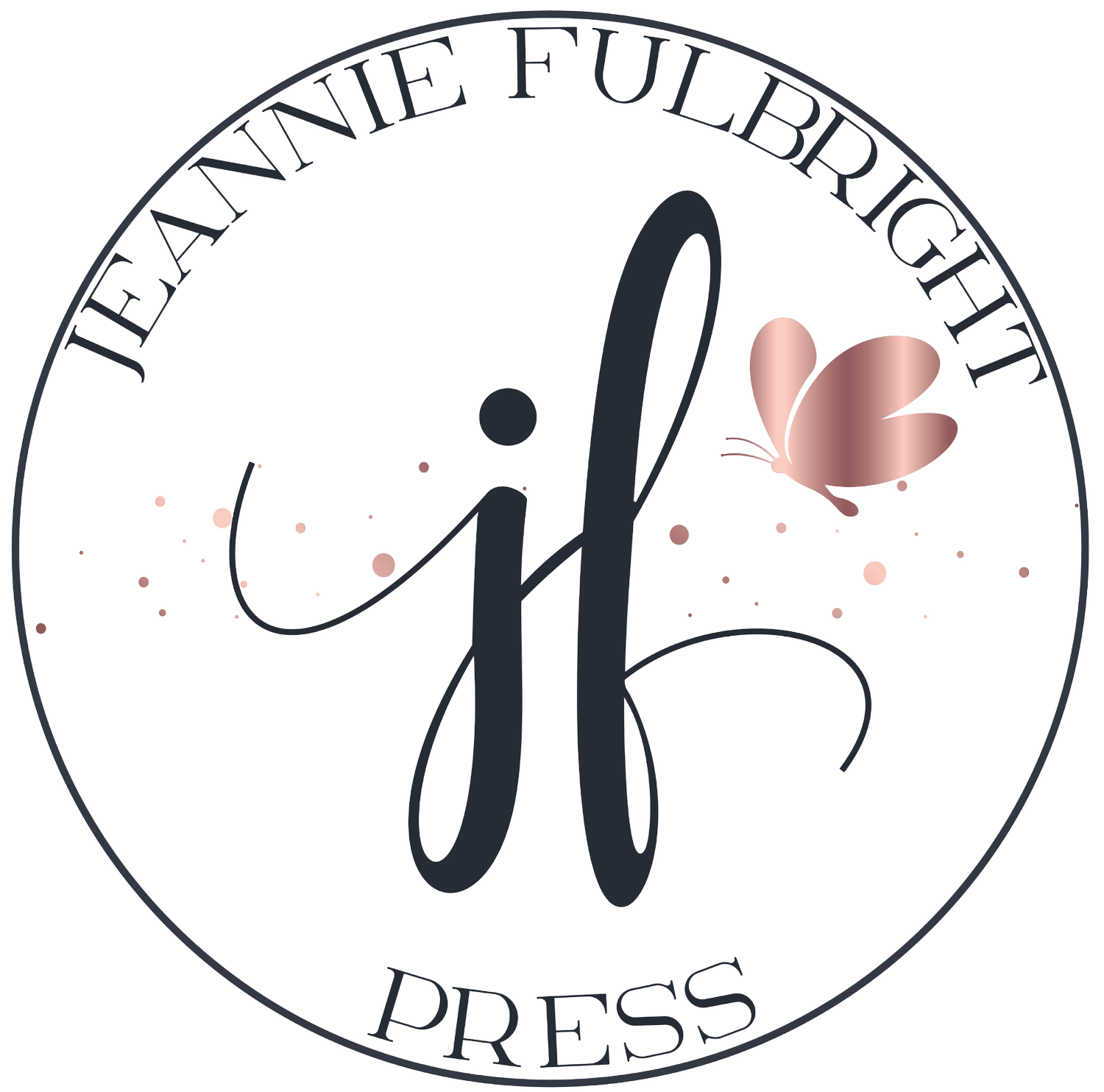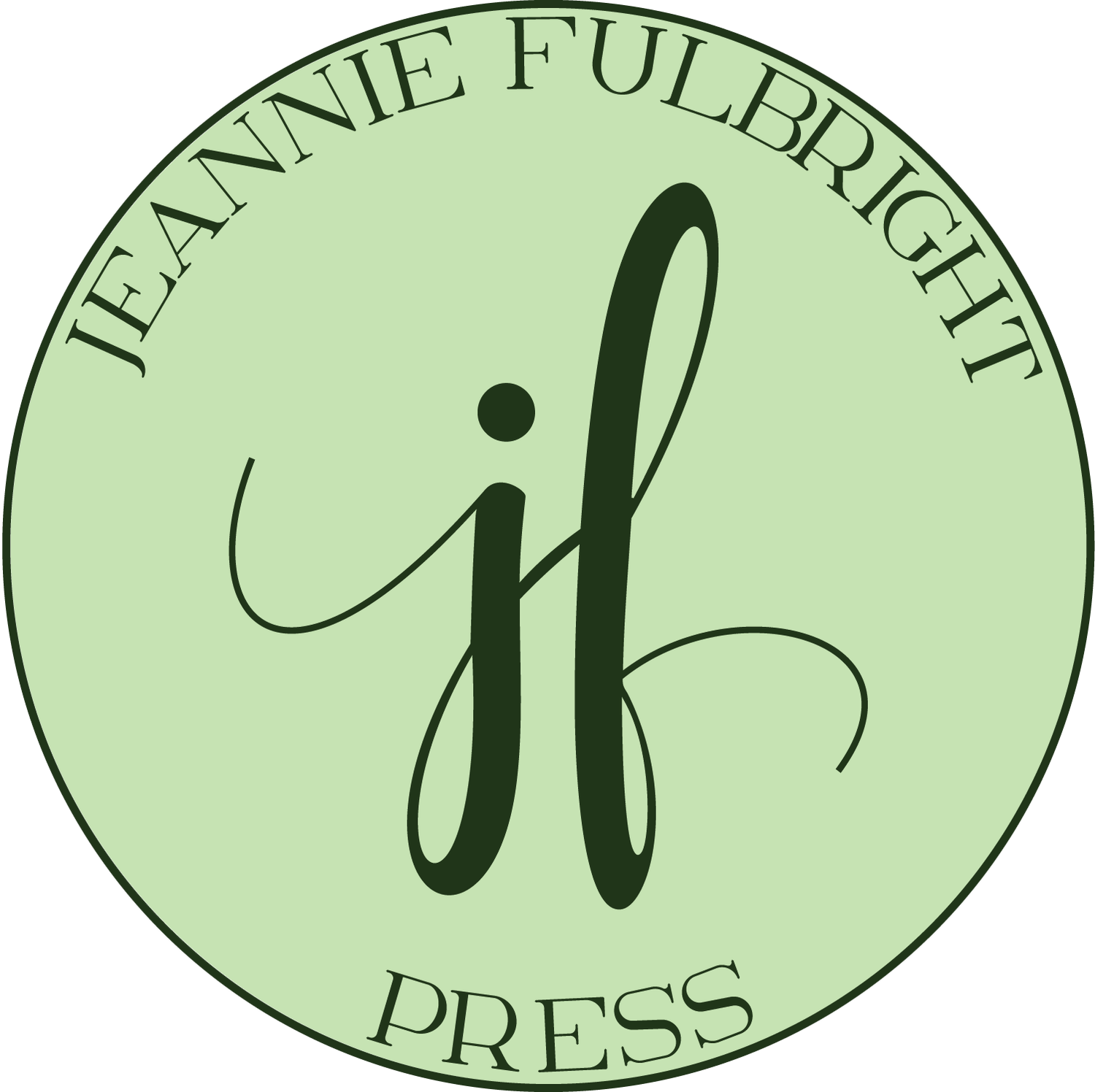Phonics Intervention
Do you have a late elementary homeschooler still struggling to read or spell? Don't despair! I have a solution that worked for me and it will work for you! It’s called Phonics Intervention strangely published by Saxon Publishers. Why do I say strangely? Because it just does not seem like a Saxon product. The author is a special education teacher who wrote the curriculum based on her need to find an effective way to teach her own struggling reader how to read. I can honestly say the program is very well done.
As many of you know, one child of mine was dyslexic. Dys means “hard or difficult” and lexia means “to read.” During our homeschool years he overcame dyslexia and, now as an adult, reads like a pro. It was a long, uphill hike; yet, I can honestly say that Saxon’s Phonics Intervention played a major role in moving him in the right direction during those years.

After using my Spelling Solutions program, which enabled my son to spell the most common words found in the English language, I knew it was time for him to relearn phonics, as he had missed so much in his early years. I didn't want to do a basic phonics program; he needed something that honored his intellectual maturity, while still teaching the basics that he missed in K-3rdwhen he was struggling to see the words on a page clearly. (Dyslexics generally see words swimming around on a page, not sitting still as we see them.)
Phonics Intervention moves much more quickly than Saxon’s regular Phonics K-3rd because it teaches to an older audience. The program’s assumption is you are using this with an older student (5th grade or above) that still cannot read or spell well. It’s an intensive phonics program using coding of words, spelling tests, and reading comprehension assignments. Vocabulary is included (which you could skip, but my kids LOVED) as well as alphabetizing. It’s not a complete grammar program, as it doesn’t teach grammar rules, such as capitalization.
Once we started the program, I observed a marked difference in my dyslexic child’s ability to spell. He had already made immense progress with reading before Phonics Intervention, but the program strengthened and accelerated his progress.
It really surprised me that coding words helps the struggling speller. I don’t think a normal reader/speller needs to spend time and energy on coding words, however I know there are a lot of programs that require the child to code. My good speller never did anything like this and actually never even learned the rules for spelling; she simply spelled everything perfectly well, and as a result I’m always asking her how to spell things!
However, for older children that don’t spell well, the act of coding words helps them immensely. I believe this is because they spend time with each word, becoming familiar with the words and understanding the rules of spelling by actually doing something tangible to represent different spelling rules. This activity seems to ingrain correct spelling as well as the spelling rules into their brain, which apparently translates to other similar words.

If you are not familiar with coding words, here is an example: Students are given the word BRAIN to code. They underline the digraph AI, put a macron over the A and cross out the I—showing that the digraph AI only sounds out the long A, with the I being silent. If they are given the word HUNTER, they will put an arc under the ER showing that it’s a combination, and they’ll put a breve over the U showing that it’s short. They will also separate the word into syllables and write the VCCV pattern under the letters. It’s a lot of work, but seems to really make something click in their brain.
Saxon’s Phonics Intervention was the most successful program for my dyslexic speller, and also for my struggling speller that was not dyslexic.
I’m confident it works because I think I tried every single program out there!
The program is pretty expensive, over $100, and it requires a lot of you, the teacher. I don’t normally recommend teacher intensive programs, but if you find that your child in sixth grade or above is really and truly unable to spell the most basic words, this program is a must. Most children naturally “get” spelling some time during fifth grade or before, so I don’t recommend you make the investment in both money and time unless there really is a problem.
I hope this Phonics Intervention review helps someone with a struggling speller find the resource they need to gain success!
Read on for more about the benefits of homeschooling.

